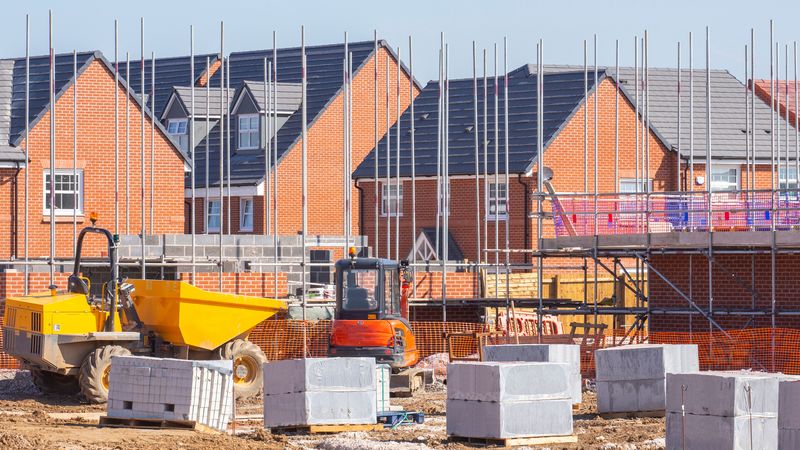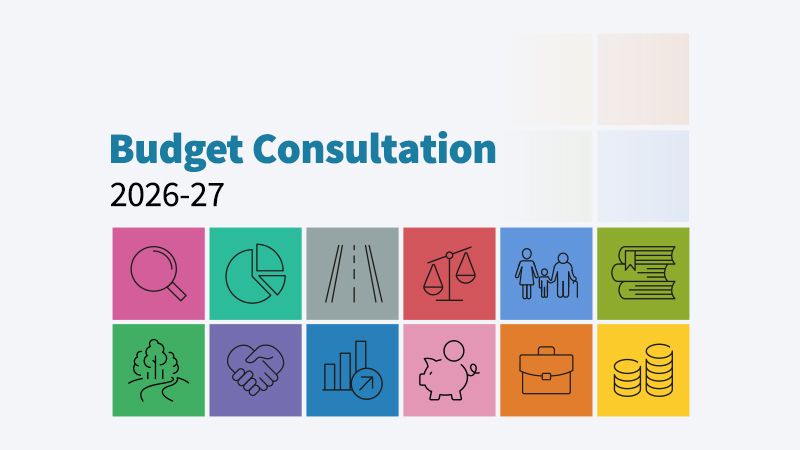In his role as Housing and Planning spokesperson for the County Councils Network (CCN) Roger Gough isone of the 30 signatories to a letter which warns that the Infrastructure Levy could make it ‘harder, not easier, for local leaders and communities to secure the benefits of new development’.
The letter, to the Housing, Communities and Levelling Up Secretary, Michael Gove, says the levy could result in councils and housing providers delivering fewer homes for affordable and social rent, while less critical infrastructure could be built in tandem with development such as roads, health centres, and schools.
The Infrastructure Levy will replace the current system of developer contributions, which includes Section 106 payments and the Community Infrastructure Levy (CIL).
CCN has long called for reforms to CIL, and this year published a major report on developer contributions which raised concerns over the implementation of its replacement.

“The upheaval of introducing a new system will create even more uncertainty to a system which is already not firing on all cylinders.”
Roger Gough said: “Considering local authorities already experience challenges in delivering sufficient affordable homes and infrastructure needed to mitigate the impacts of development, attempts to reform the present system are laudable.
“However, the proposed Infrastructure Levy could end up being the worst of both worlds; less funding being made available for vital infrastructure, less affordable homes being delivered than before, and an impact on the viability of development.
“At a time when it is crucial we ensure there is enough infrastructure to ease local pressures and create sustainable communities, as well as building as many homes as possible, the upheaval of introducing a new system will create even more uncertainty to a system which is already not firing on all cylinders. Instead, the government should seek to strengthen the present S106 and CIL mechanisms.”
Councils are concerned that the levy could squeeze the amount of money made available for infrastructure to go alongside development to ease the pressure on existing services and communities.
The signatories warn that, as the government’s own supporting evidence suggests, the levy rates and thresholds would only be practicable on certain sites and would pose a serious threat to housing delivery in many areas.
Whilst the model may work on greenfield sites it would make many brownfield sites unviable, perpetuating regional inequalities, creating another barrier to delivery, and deepening the already acute housing crisis.
The letter also warns that the time it would take to roll it out and the complexity of the new system would create prolonged uncertainty across the planning system.
Further information
Read the CCN's major report on developer contributions.
Read the letter organised by the Royal Town Planning Institute.




